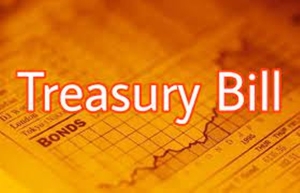The Government of Ghana significantly ramped up its borrowing from the domestic short-term Treasury bill (T-bill) market in the first quarter of 2025, with a total of GH¢95 billion raised — a 48% increase compared to GH¢64 billion borrowed during the same period in 2024.
Based on weekly auction data published by the Bank of Ghana, the government’s increasing reliance on the T-bill market to manage liquidity, in the wake of being shut out of international capital markets and the temporary freeze on the domestic bond market following the Domestic Debt Exchange Programme (DDEP).
Month-by-Month Breakdown:
• In January 2025, government borrowing stood at GH¢38.45 billion — more than double the GH¢17.85 billion borrowed in January 2024, marking an astonishing 115% year-on-year increase.
• February 2025 saw a relatively marginal rise in borrowing, reaching GH¢22.43 billion compared to GH¢22.25 billion the previous year — less than a 1% increase.
• In March 2025, the government borrowed GH¢34.14 billion, up from GH¢24.02 billion in March 2024, representing a 42% increase.
The sharp rise in short-term borrowing reflects the government’s increasing dependence on domestic financing to meet its obligations amid constrained access to longer-term debt sources. While T-bill borrowing helps plug short-term liquidity gaps, analysts warn that sustained reliance on this instrument could exacerbate Ghana’s debt burden in the long term.
Despite the surge in borrowing, one silver lining for the government is the continued decline in interest rates on T-bills. Compared to the first quarter of 2024, the cost of borrowing has dropped considerably, reducing the immediate fiscal pressure on the state.
However, some economists caution that this trend might not be entirely positive. Falling yields could discourage investor participation, as seen in recent undersubscriptions in weekly auctions, and could eventually impact government financing capacity.

